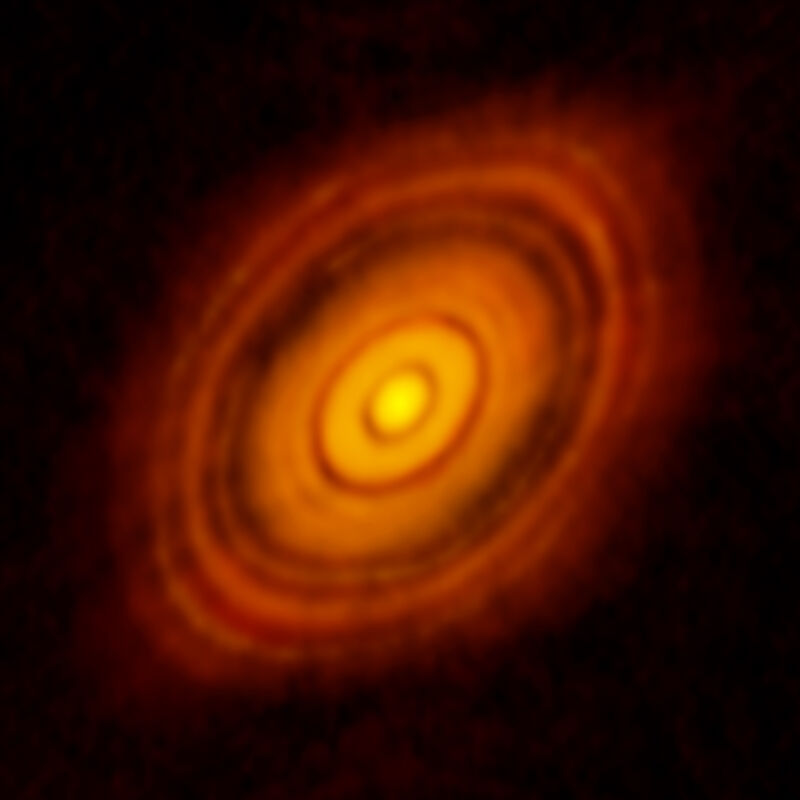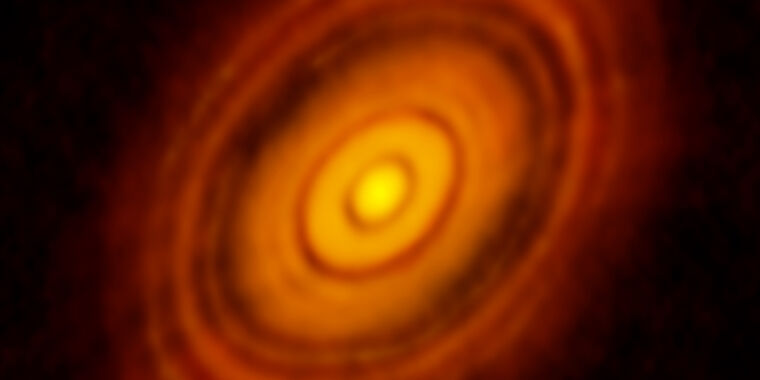
Have you ever wondered how planets are formed and where they get their water? The process is incredibly complex. Planetary embryos often face challenges that leave them as asteroids or naked planetary cores. But now, one pivotal question has been answered—the source of water in planets.
For decades, planetary formation theories proposed that planets acquire water from ice-covered rock fragments formed in the cold outer regions of protoplanetary disks. As these pebbles move toward the star, they bring water and other ices to planets after crossing the snow line. However, it wasn’t until recently that this theory was confirmed.
The James Webb Telescope observed four young protoplanetary disks and provided groundbreaking evidence of these ideas through its Medium-Resolution Spectrometer. The telescope found that significant amounts of cold water vapor appeared past the snow line, validating the theory that ice sublimating from frozen pebbles can indeed deliver water to planets.
Revelations from Webb
These observations included two compact and two larger protoplanetary disks. The research team aimed to determine whether water was transported to the inner disk through the sublimation of ice and if this occurred more efficiently in compact or larger disks.
Past studies provided ambiguous data, but Webb’s higher resolution enabled a clearer understanding. The researchers sought to identify cool water vapor, confirming the theory of frozen pebble drift. In the end, they found evidence of cool water vapor in compact disks but not in the larger disks.
From Pebble to Planet
In larger systems, frozen pebbles encounter obstacles such as material accumulation and pressure traps. Compact disks, on the other hand, displayed significant amounts of cold water vapor emissions just outside the snow line, indicating the delivery of water vapor to the inner parts of the disk.
These findings provide a fundamental link between inner and outer disk regions, offering new insights into the planetary formation process. They also spark the possibility of finding analogs to Earth in the cosmos, although they might be in the early stages of formation.
Source: The Astrophysical Journal Letters (2023)


